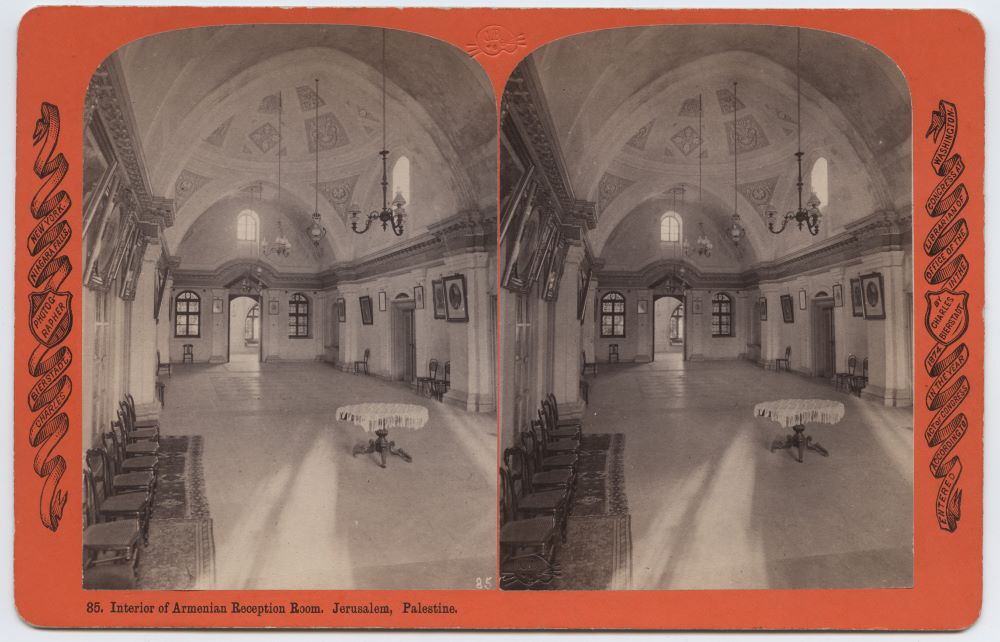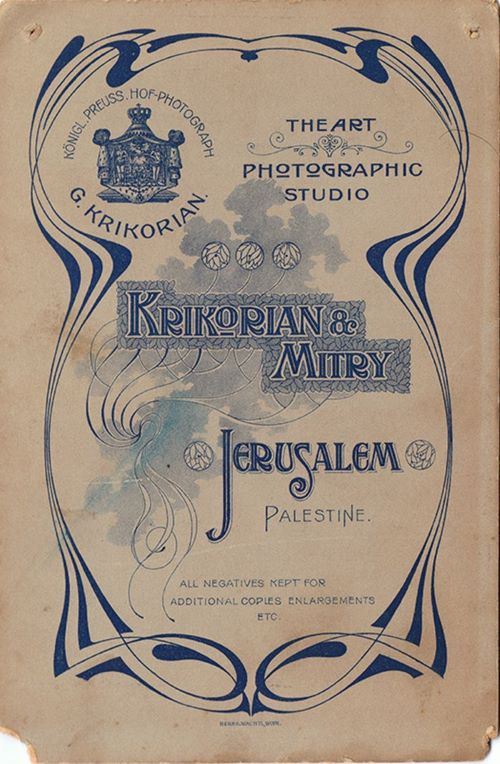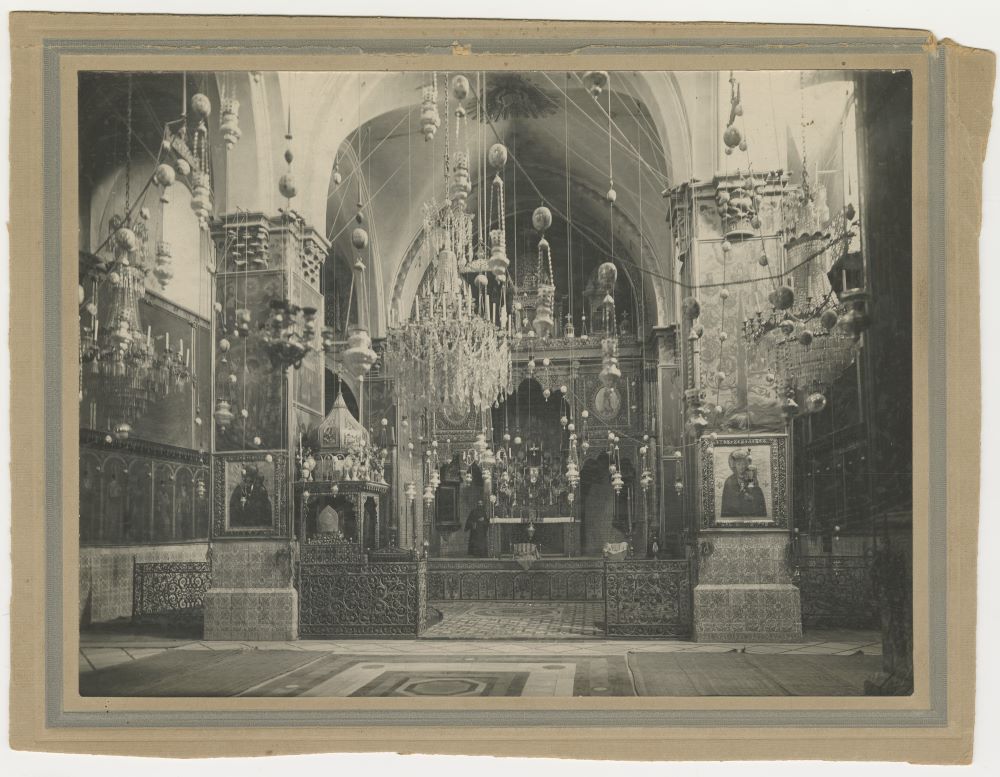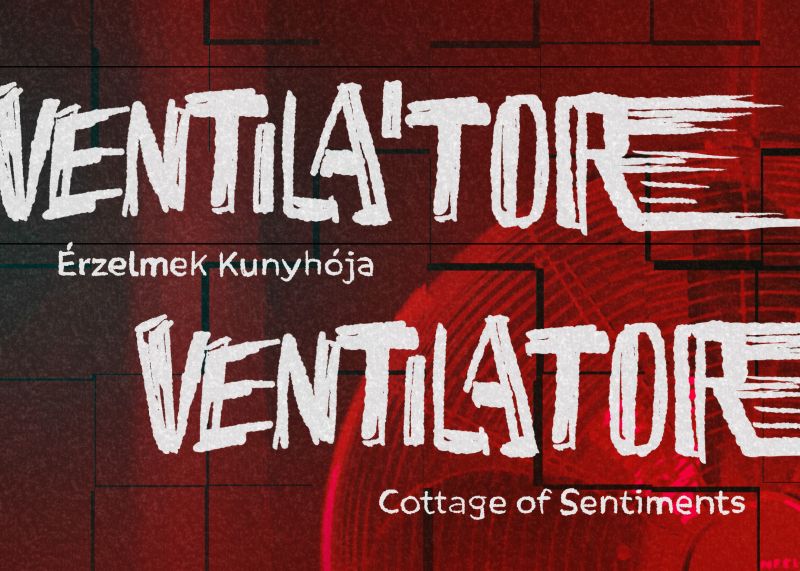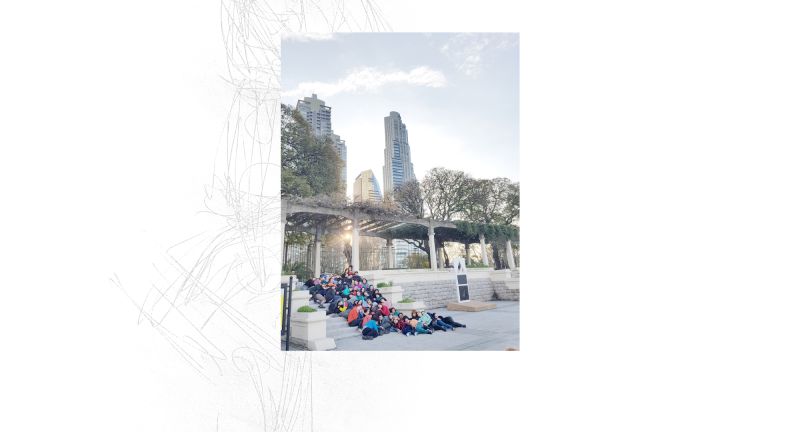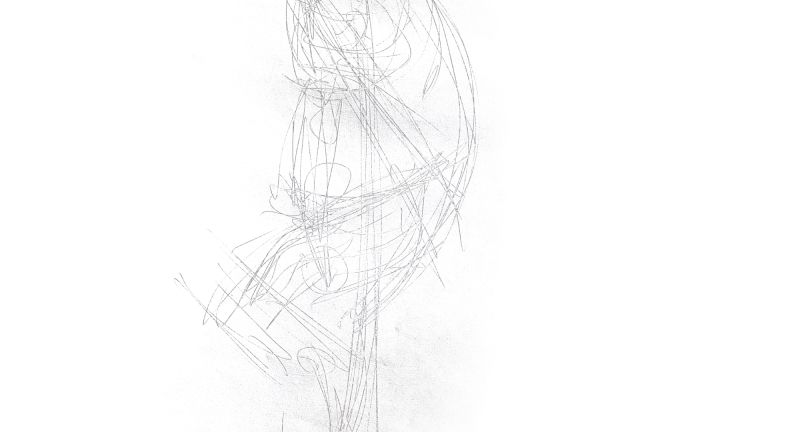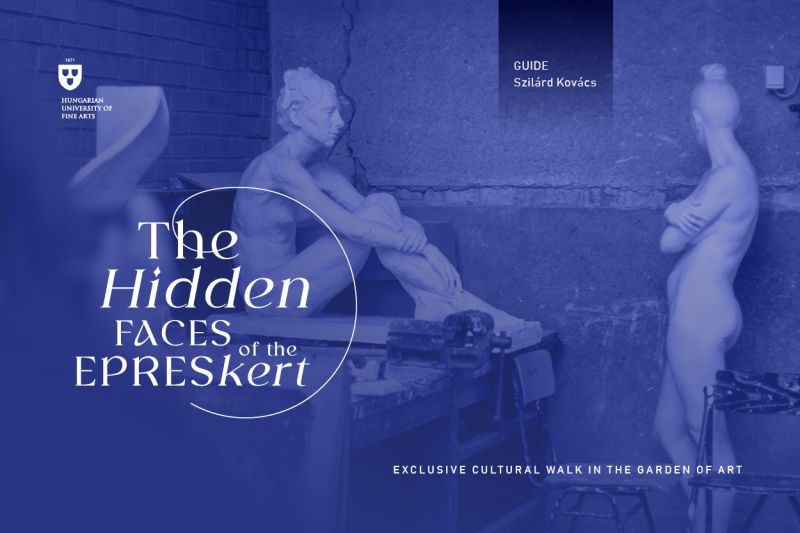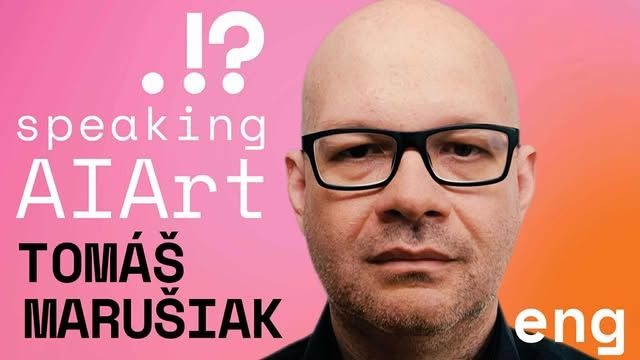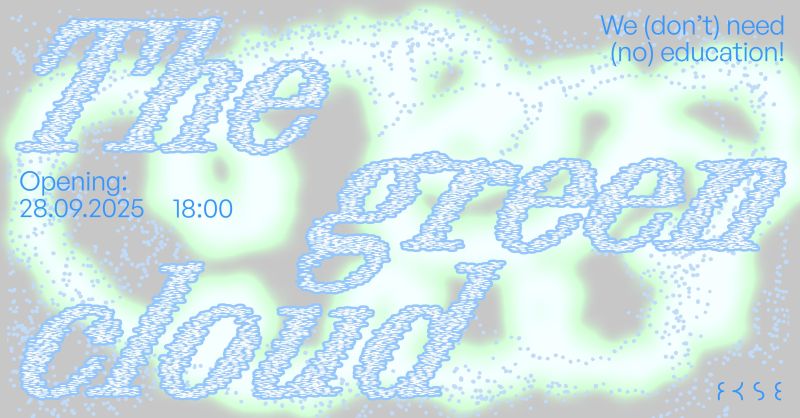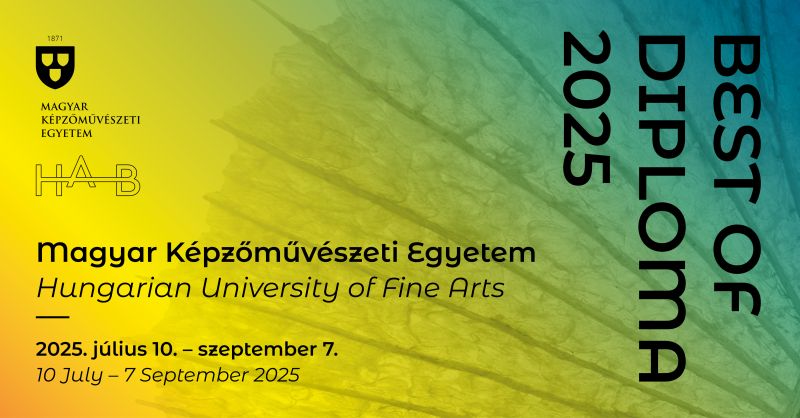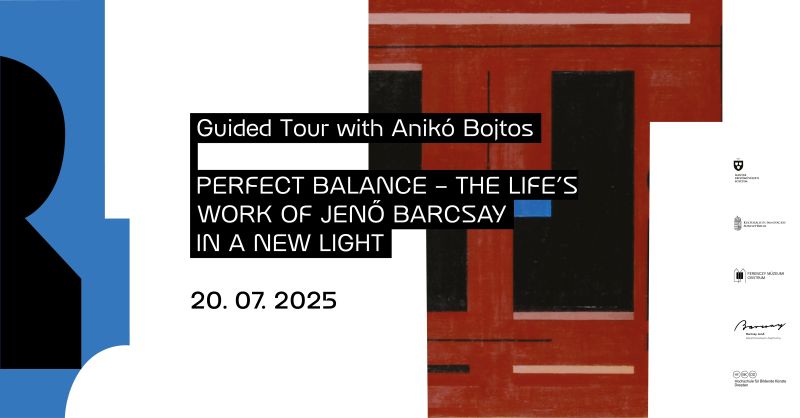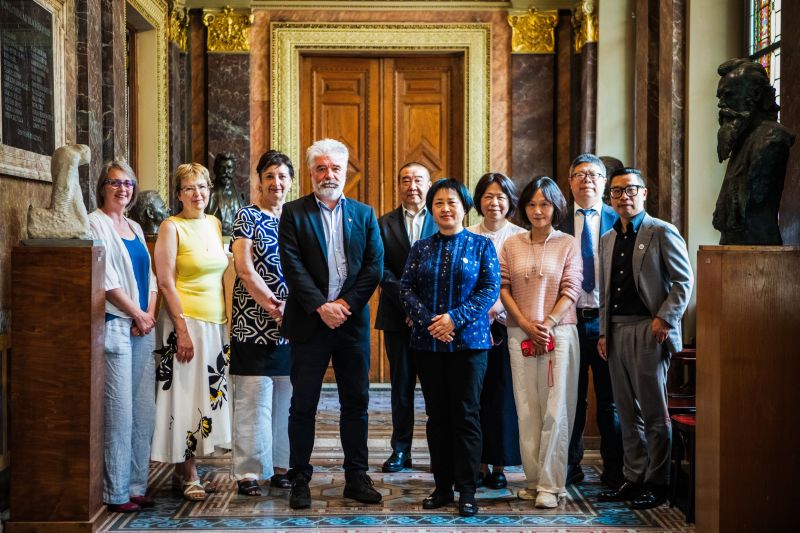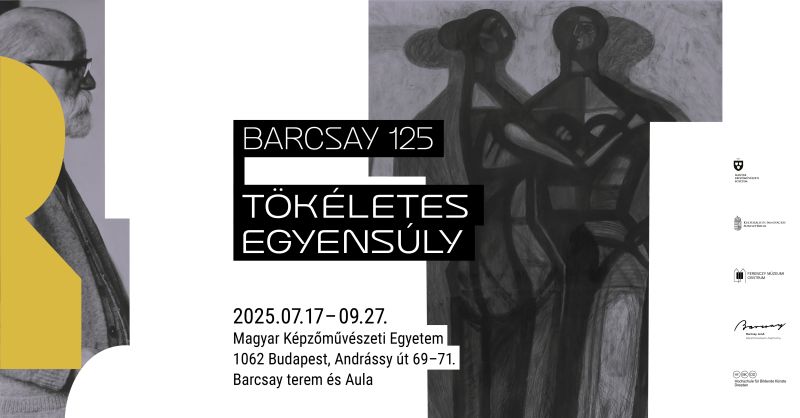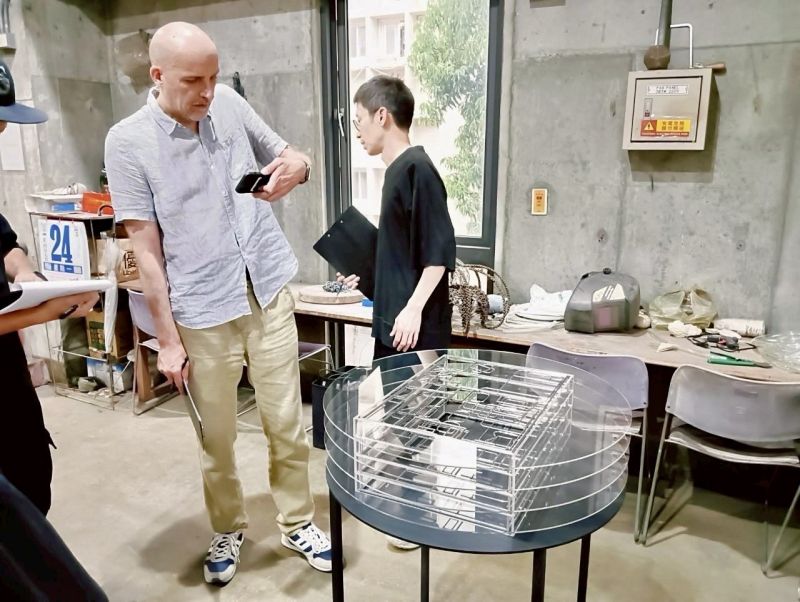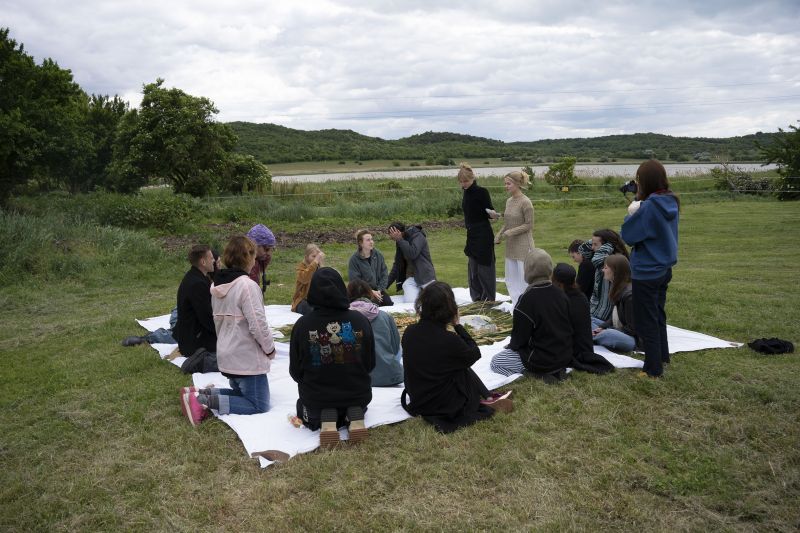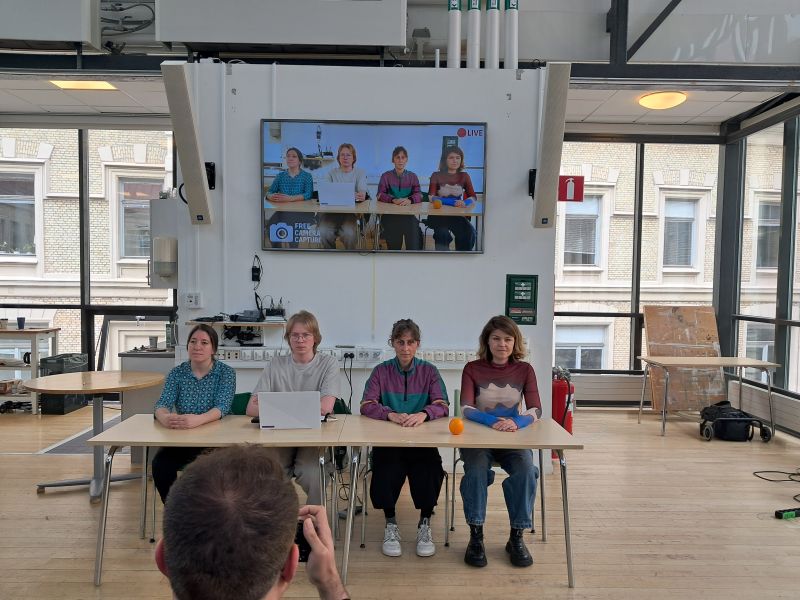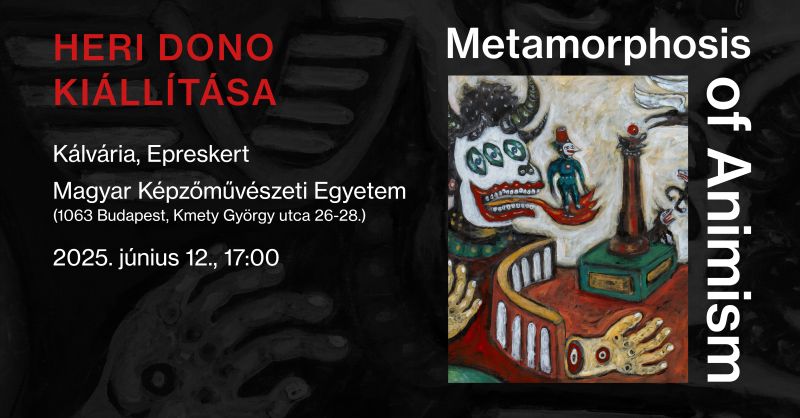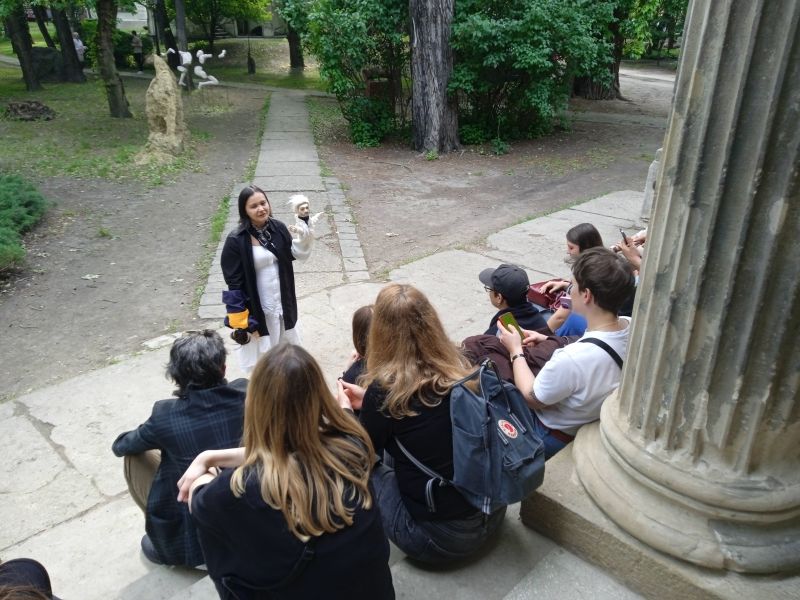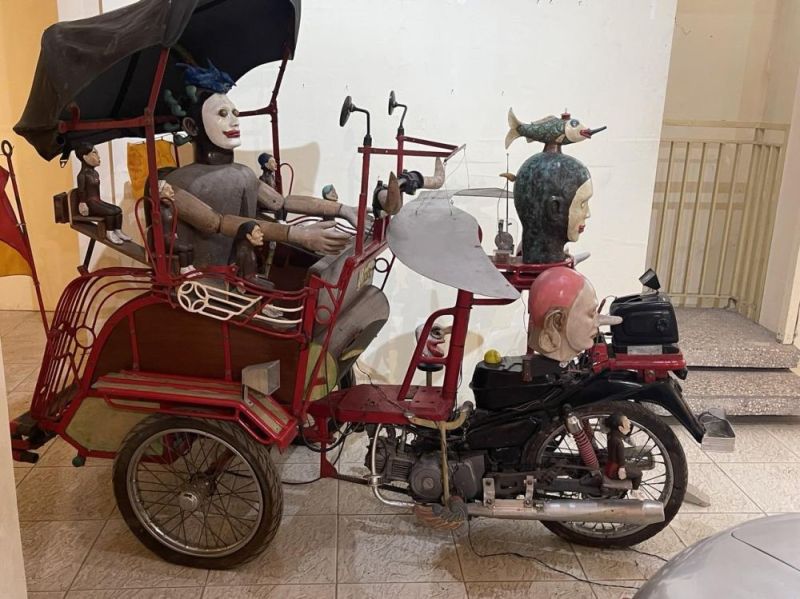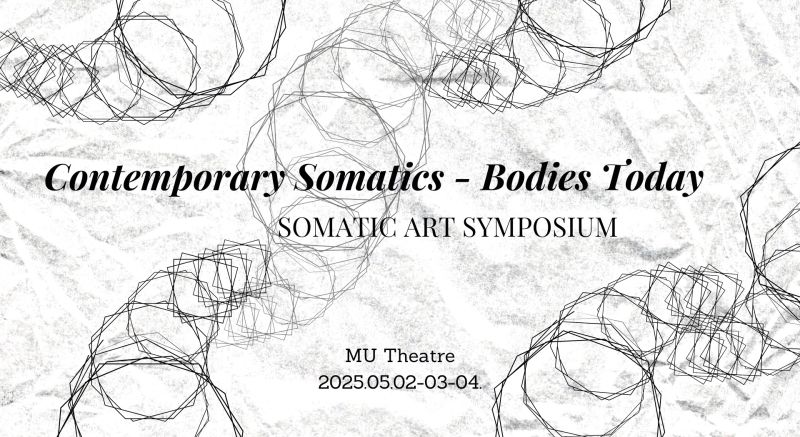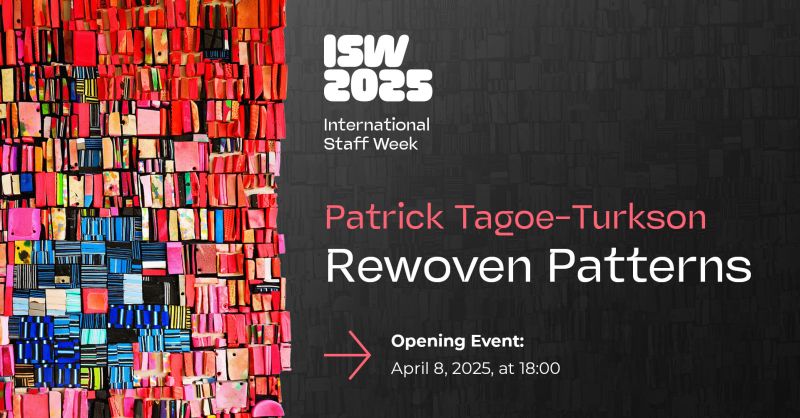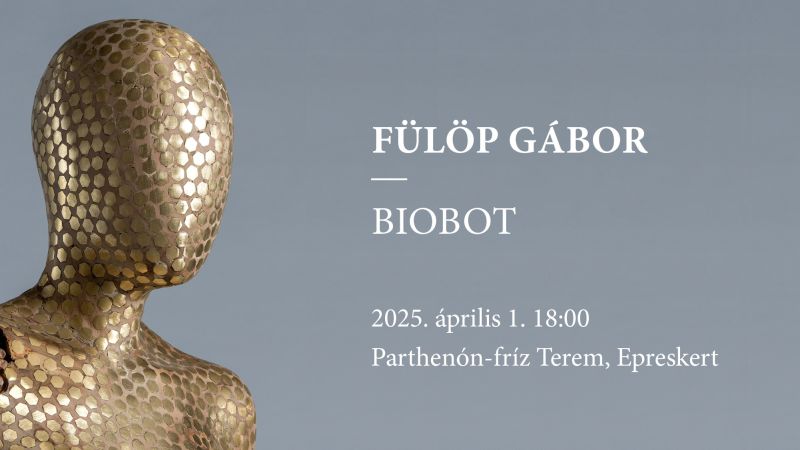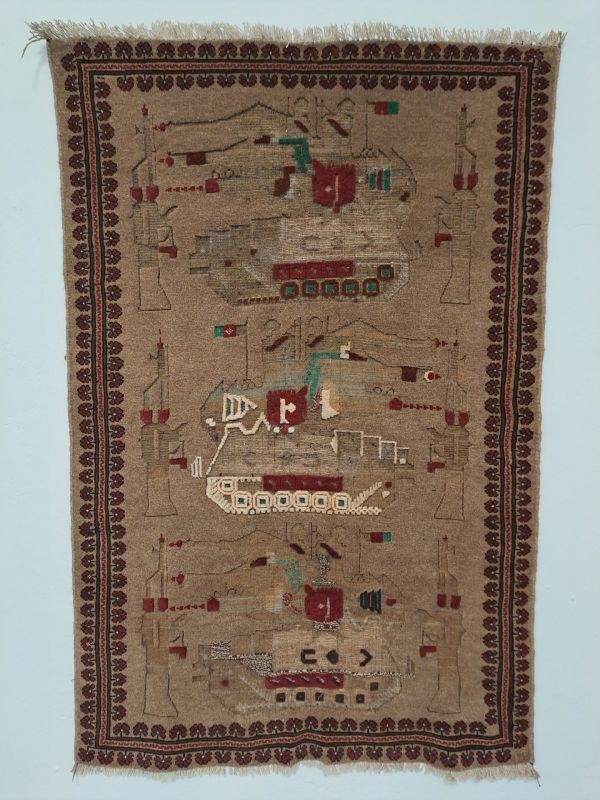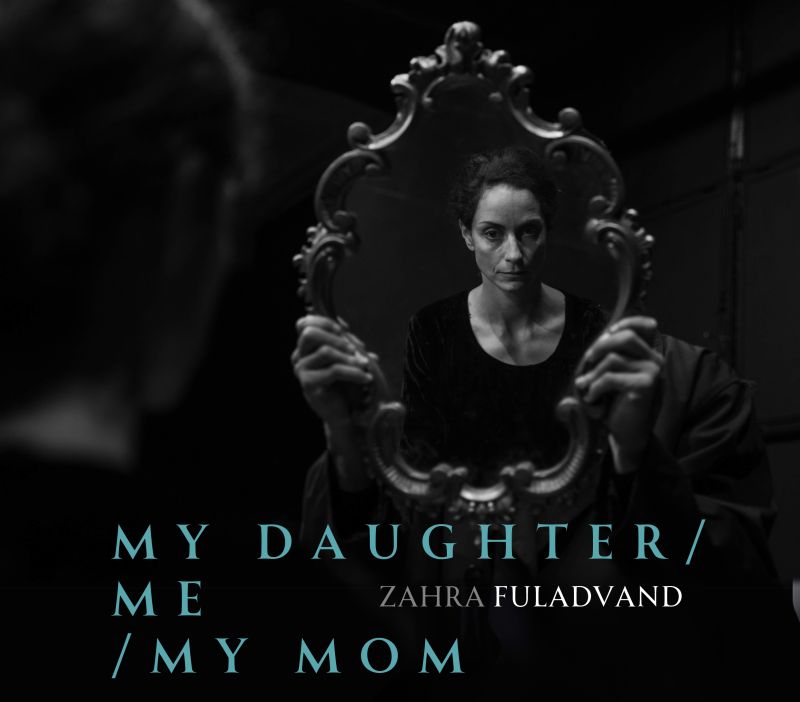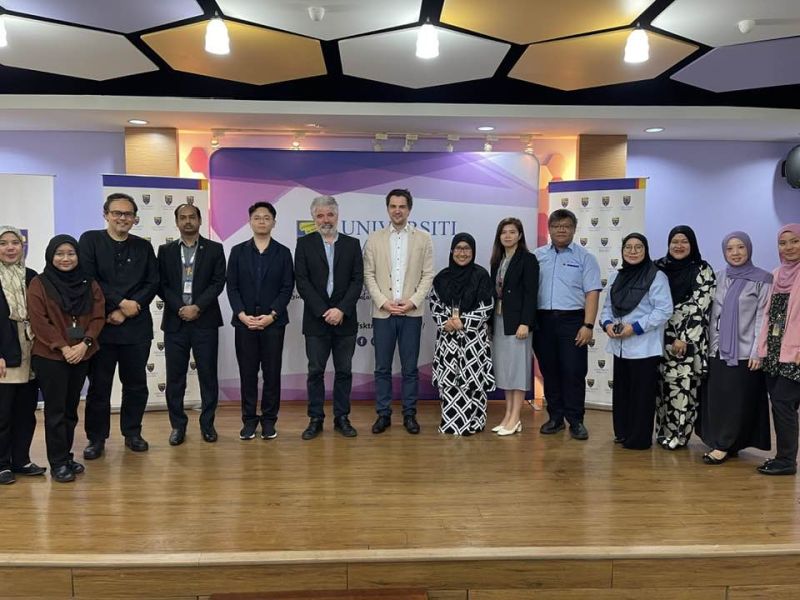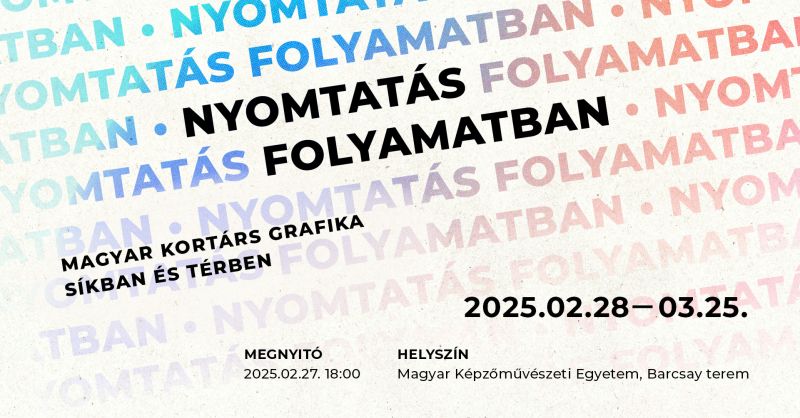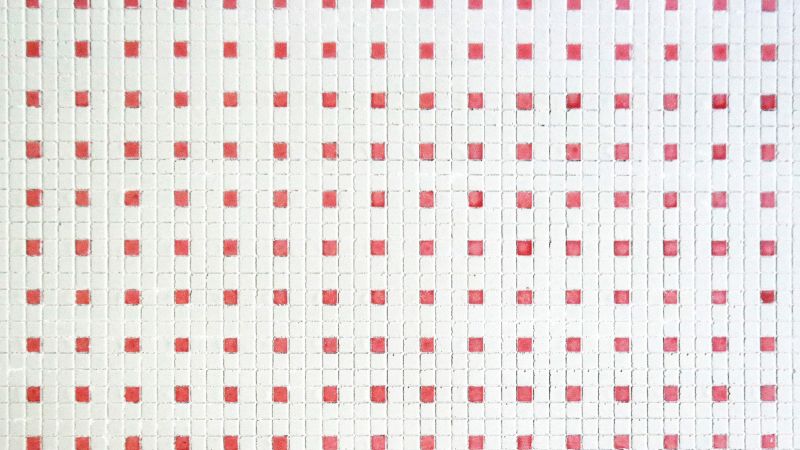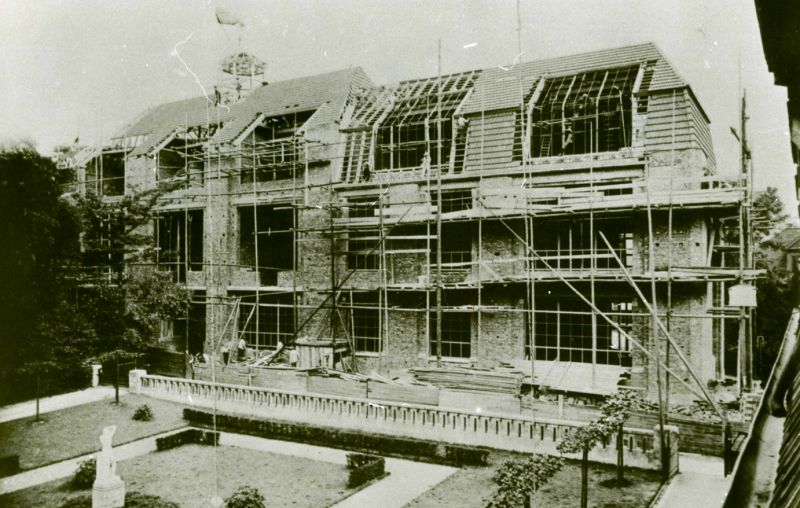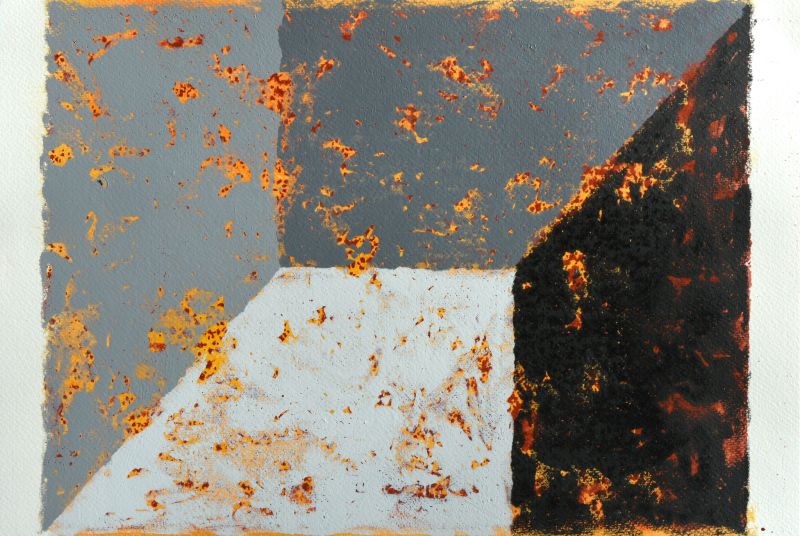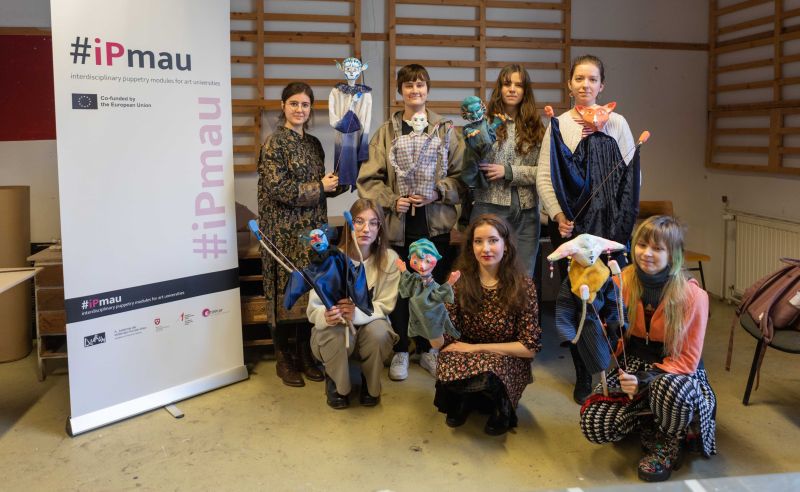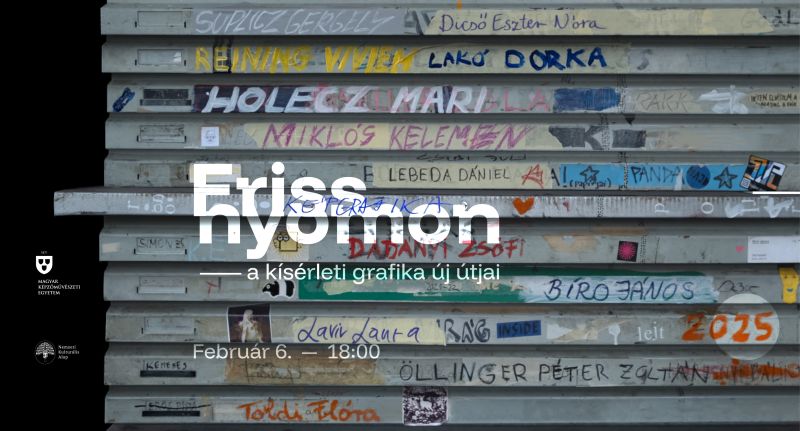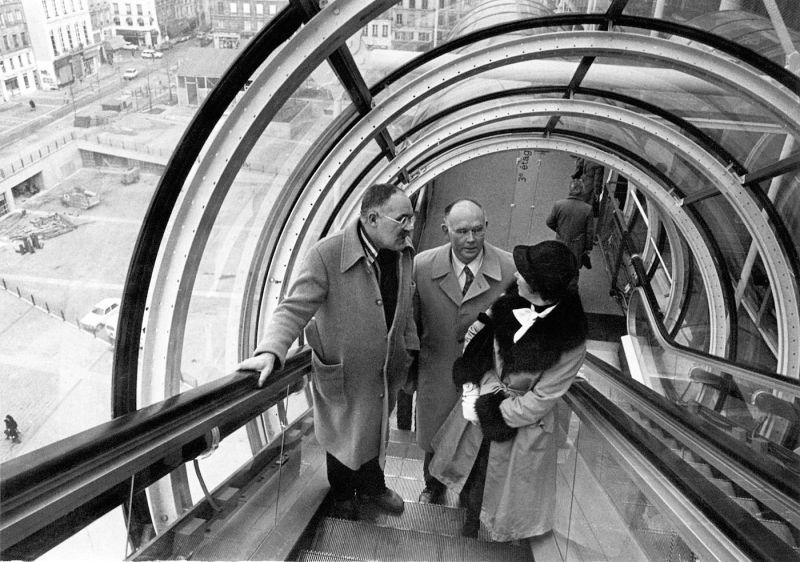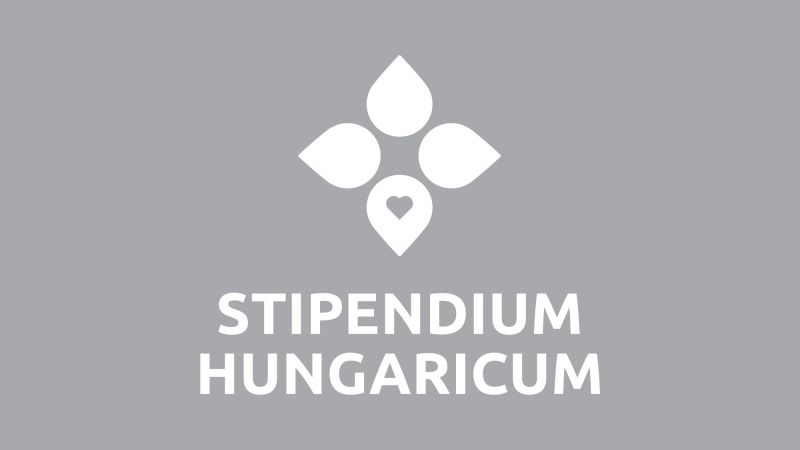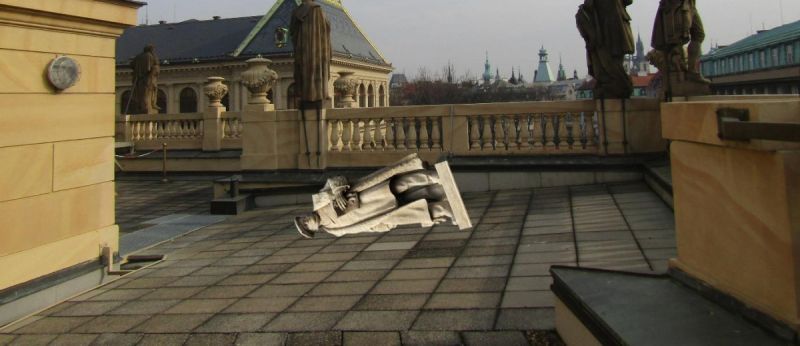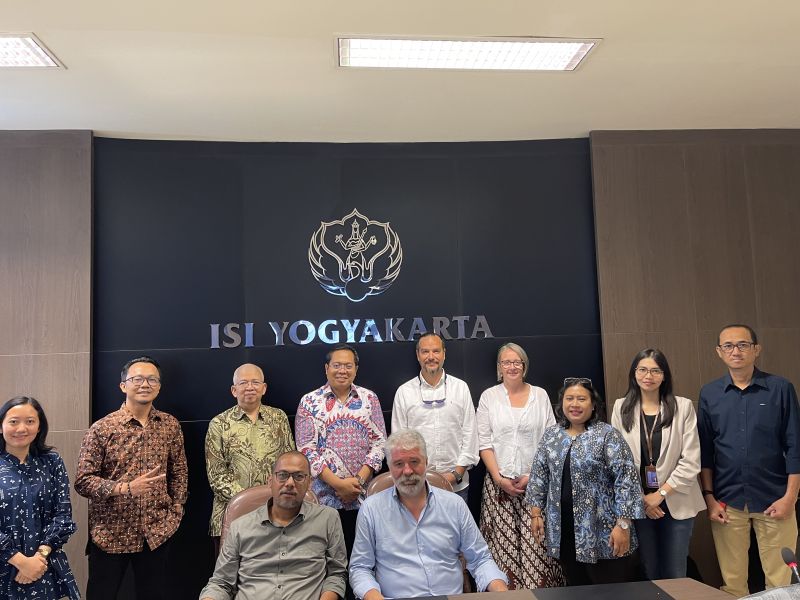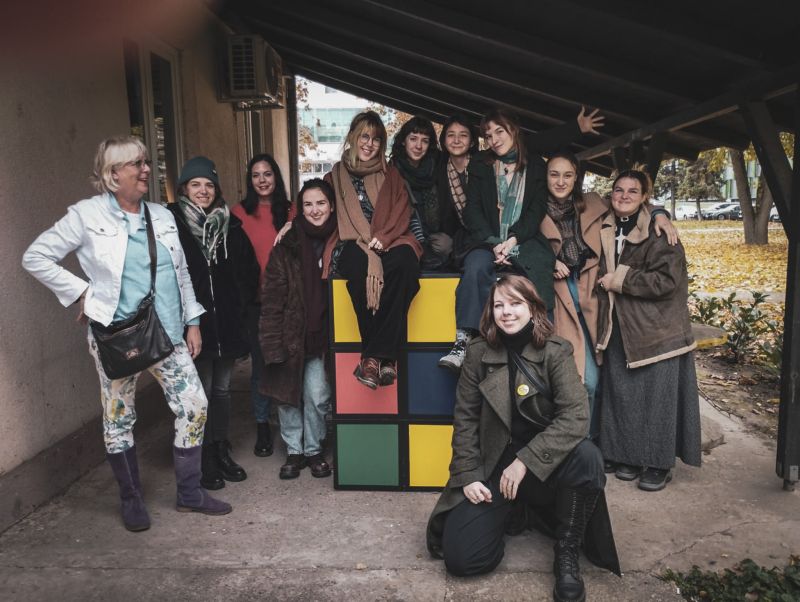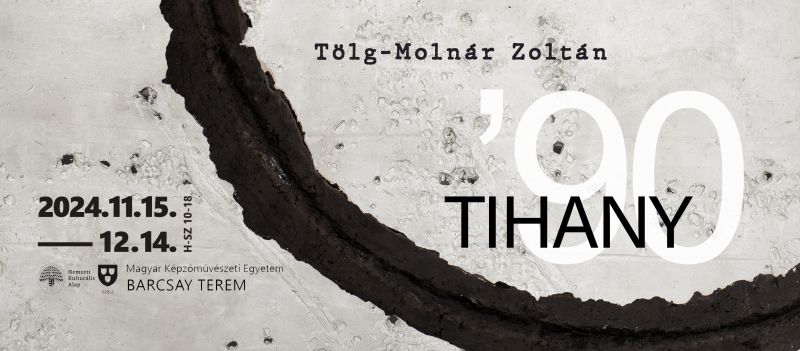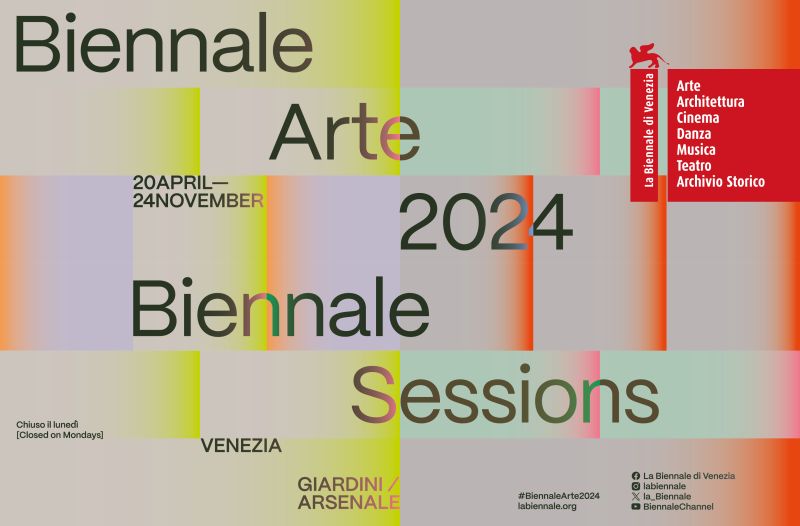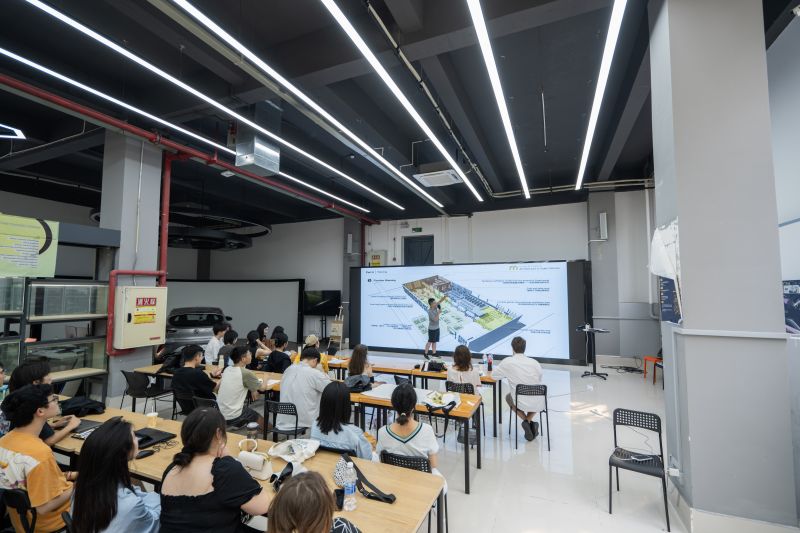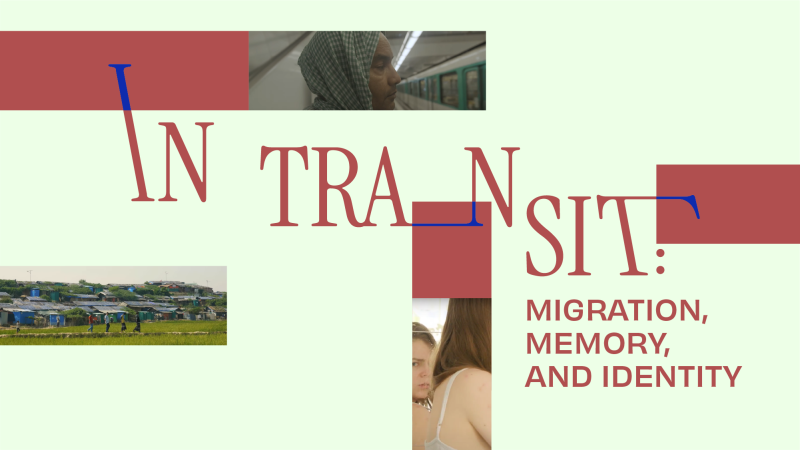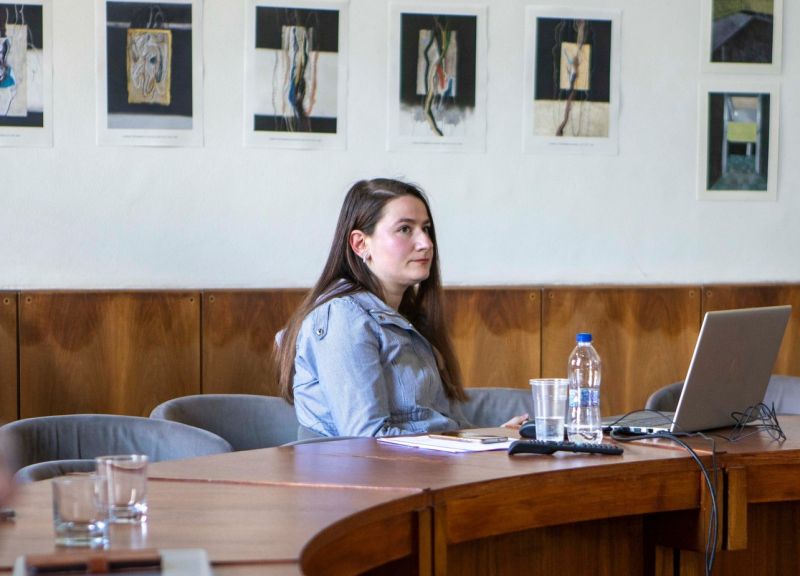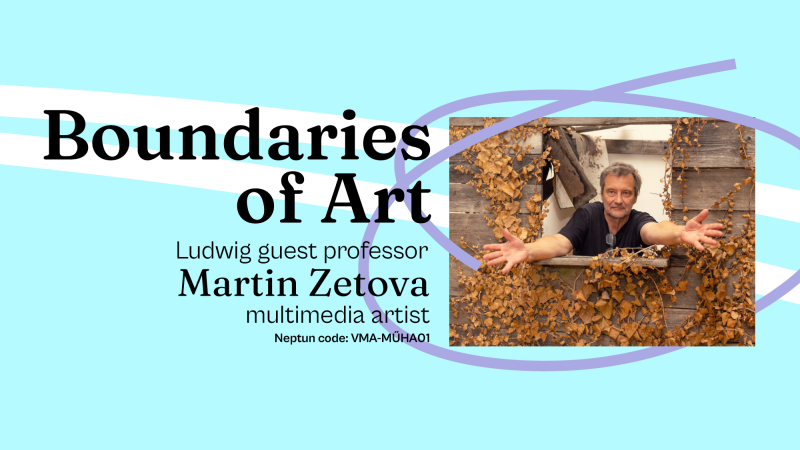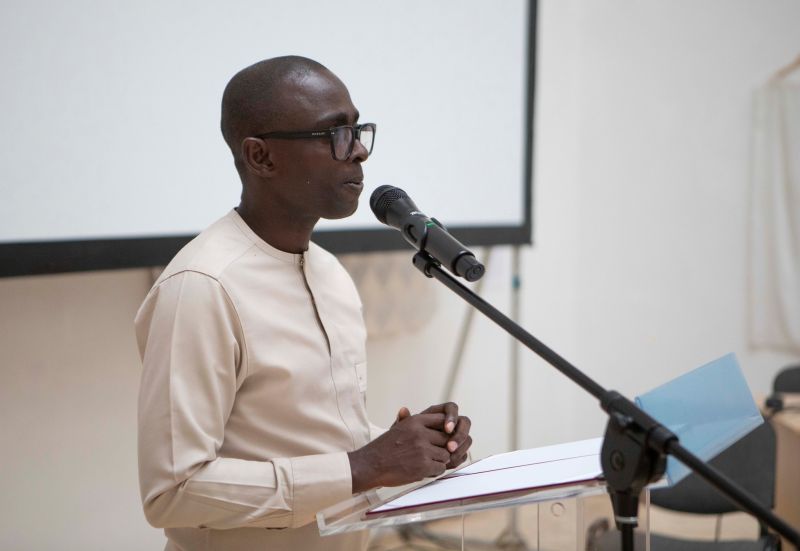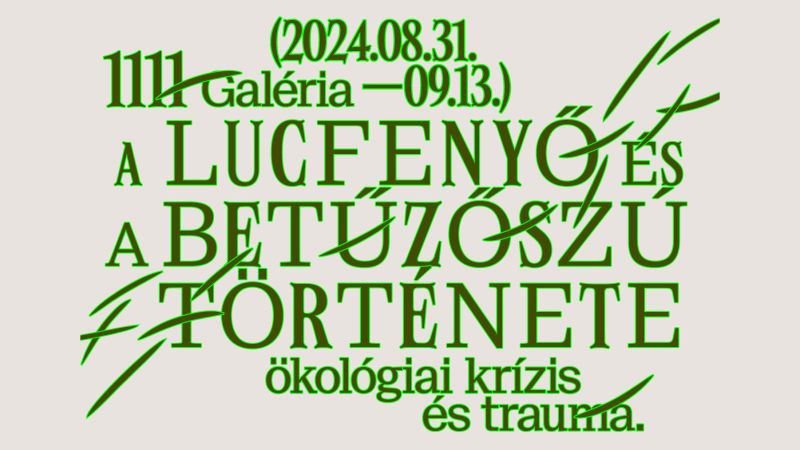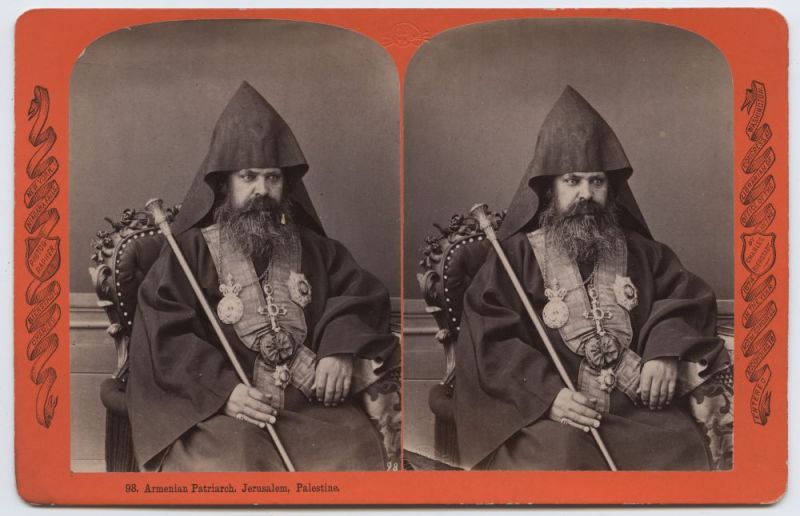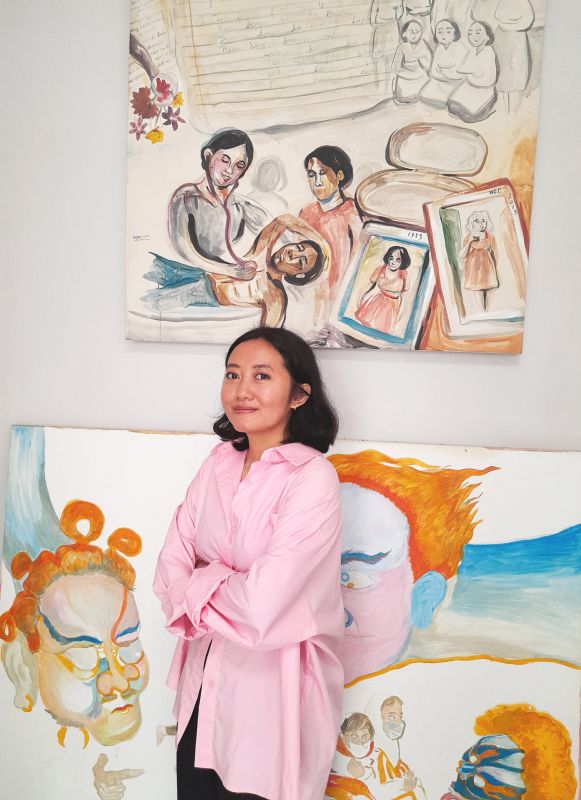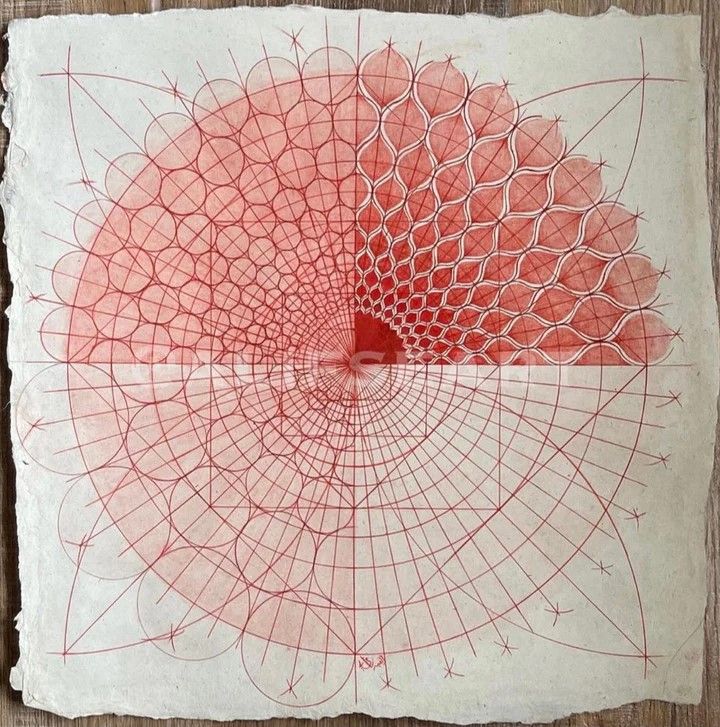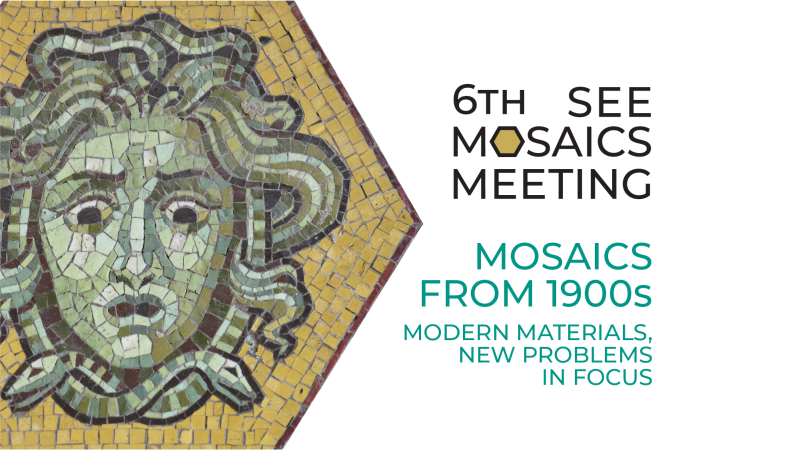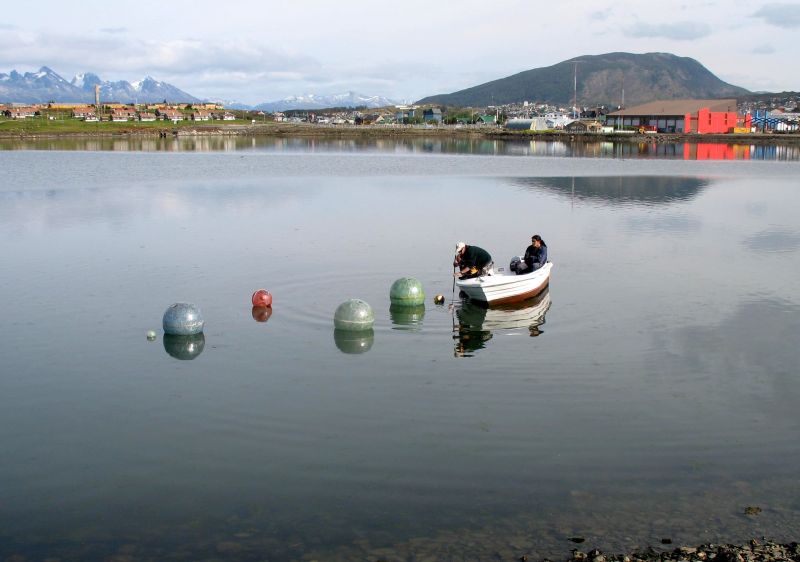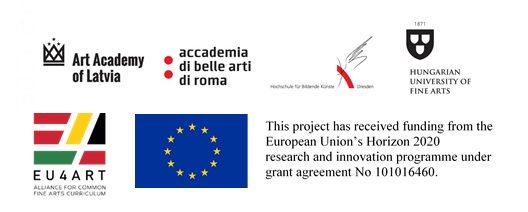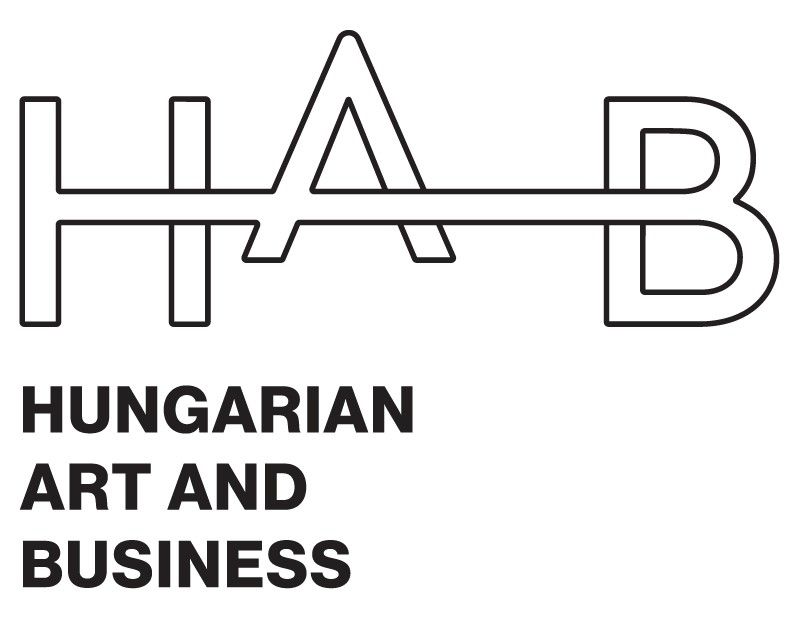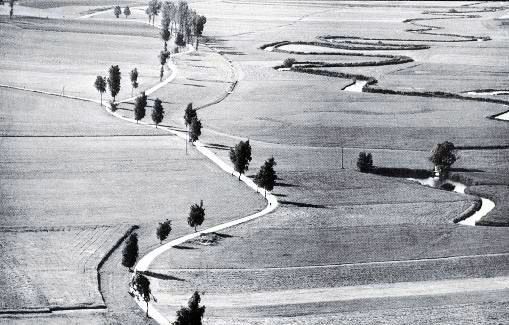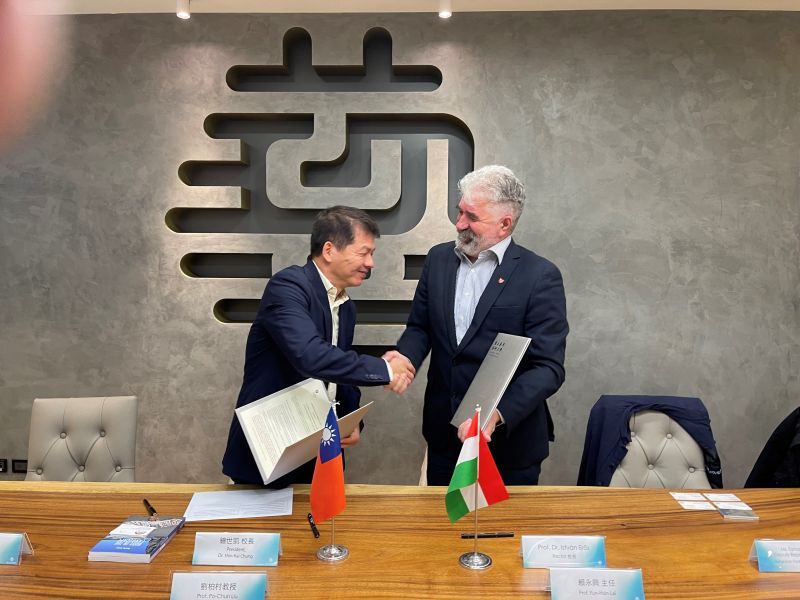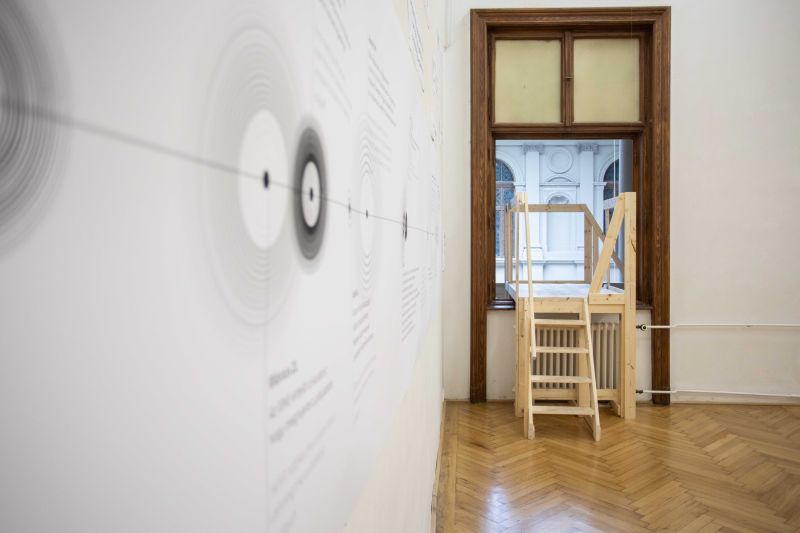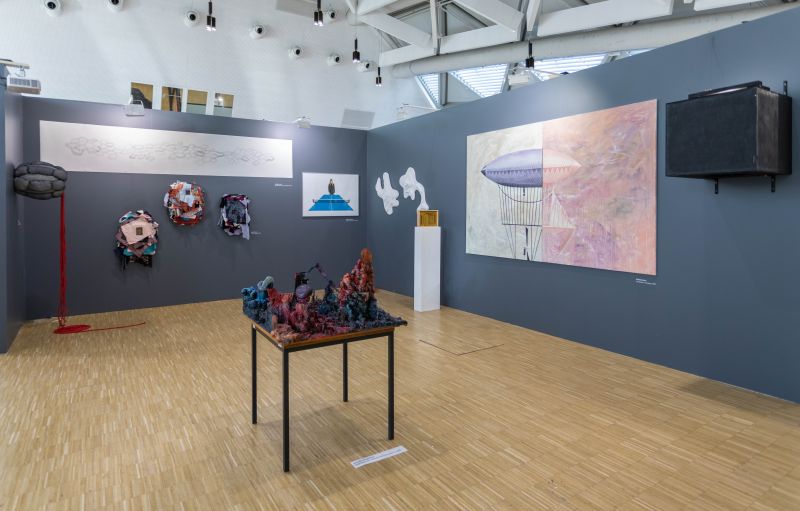Capturing Eternity: Armenian photography in Jerusalem in the 19th and 20th centuries
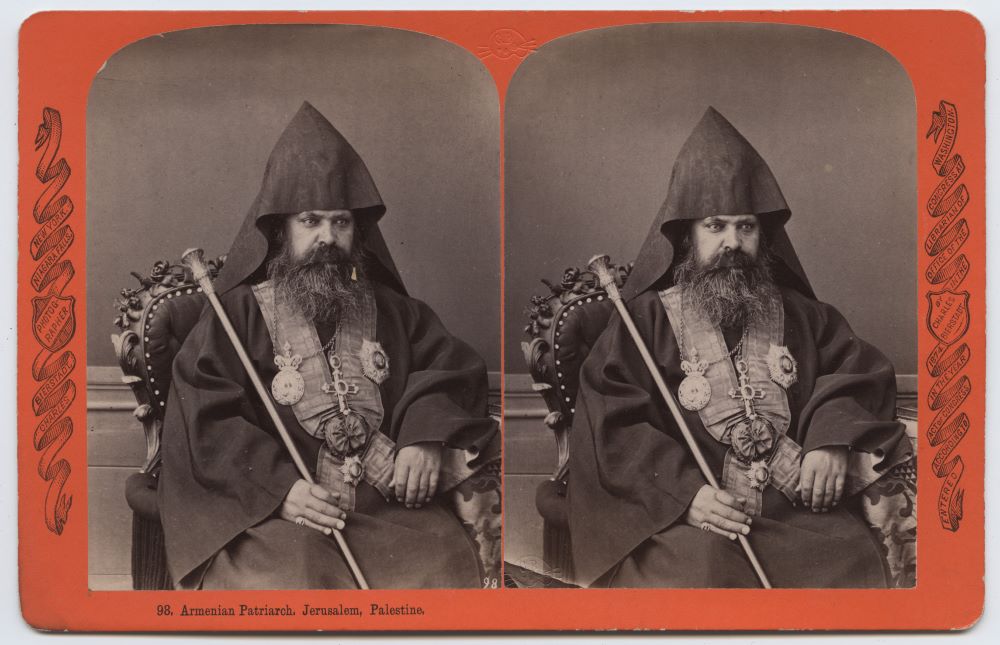
Capturing Eternity: Armenian photography in Jerusalem in the 19th and 20th centuries
Opening: 20 September 2024, 18.00
Venue: Hungarian University of Fine Arts, Aula (1062 Budapest, Andrássy út 69-71.)
Available: 20 September 2024 - 8 October 2024.
The guests will be welcomed by István Erős, Rector of the Hungarian University of Fine Arts and Nándor Birher, Dean of the Faculty of Humanities and Social Sciences of Pázmány Péter Catholic University.
Speakers: Dr. Zoltán Fürjes, Deputy State Secretary for Church and Nationality Relations
Mr Ashot Smbatyan, Ambassador of the Republic of Armenia to Hungary
Ákos Issekutz, President of the Transylvanian Armenian Roots Cultural Association
Peter Cowe, Head Professor of the Department of Armenian Studies at UCLA Los Angeles
Open by Diana Ghazaryan, curator, PhD student at the Department of Armenology, Pázmány Péter Catholic University
Diana Ghazaryan’s, curator of the exhibition, guided tour in English: 30 September 2024.
Performed by opera singer Karine Babajanyan
Accompanied on piano by Dóra Bizják.
The Hungarian University of Fine Arts, the Department of Armenology of Pázmány Péter Catholic University and the Leibniz Institute of Leipzig (GWZO) are organizing a joint exhibition of the rich photographic heritage of the Armenians of Jerusalem.
The exhibition Capturing Eternity: Armenian Photography in Jerusalem in the 19th and 20th Centuries presents the photographic art of the Armenian diaspora in Jerusalem, inviting visitors on a visual pilgrimage through the lenses of Armenian photographers.
Capturing Eternity: Armenian Photography in Jerusalem in the 19th and 20th Centuries, an exhibition of archival photographs shows how people of holy life lived in Jerusalem more than a century ago, how they were spiritually connected to the Armenian diaspora communities. Armenian photography in Jerusalem is a symbiosis of sacred and secular life, and the photographs in the exhibition trace the urban and natural environment, the people, their dress, their customs, religious rituals and secular activities. In addition to showcasing the photographic art of the Armenian diaspora in Jerusalem in the 19th and 20th centuries, Capturing Eternity: Armenian Photography in Jerusalem is an important cultural community event in Budapest in terms of Armenian-Hungarian relations.
The history of Armenians in the region dates back to the 4th century AD, when Armenians began their pilgrimages to the Christian holy sites in Jerusalem. By the 7th century, Armenian Christians already had a bishop in Jerusalem. In the Old City, next to the Patriarchate, we still find the famous Armenian Quarter, a community of lay believers who, together with the Church, but with their own cultural and political organisations, form a very diverse Armenian diaspora in the holy city.
Photography of the Holy Land began in the Western world, shortly after the invention of photography in 1839. In Jerusalem, the first local photographer was Armenian patriarch Yessayi Garabedian, who taught young people the art of photography in the 1860s. His pupil was Garabed Krikorian, owner of the first photography studio in Jerusalem. And Krikorian's pupil was Khalil Raadot, of Lebanese roots, who is considered the first Arab photographer in Palestine.
The materials for the exhibition Capturing Eternity: Armenian Photography in Jerusalem in the 19th and 20th Centuries have been made available by the Armenian Genocide Institute Museum in Yerevan, the Congress Library in Washington, the Nubar Library in Paris, the Project Save Photograph Archive in Boston and the Gulbenkian Archive in Lisbon.
Following the opening of the exhibition on Friday 20 September, an international symposium in English will be held on Saturday 21 September at the Hungarian University of Fine Arts. Focusing on the Armenian photographic heritage of Jerusalem, the symposium will take us into the historical and social context of Jerusalem in the early modern Ottoman and modern Middle East. The symposium will feature presentations by scholars from Hungary, Armenia, the United States, Greece and Qatar, among others.
The exhibition is curated and the symposium is organised by Diana Ghazaryan, PhD student at the Department of Armenology, Pázmány Péter Catholic University.
The exhibition is supported by the Calouste Gulbenkian Foundation (Lisbon) and the Leibniz Institute (Leipzig).
